2.1 On Japanese food and kaiseki
Sachiko: You have such a deep knowledge on Japanese food culture, how did you get so much into it? Chapter twelve is all about food. You have chosen an interesting perspective for drawing the connection between Japanese food and ukeireru: you start by introducing Dogen道元 and wonder what would he do? Why this choice?
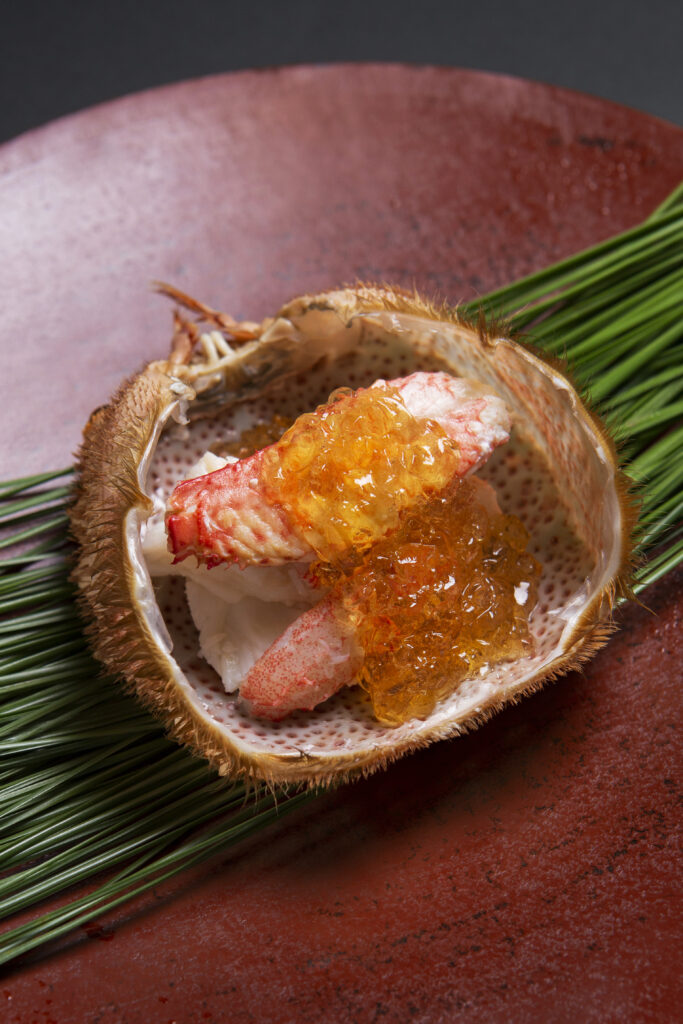
Scott: Both questions are related and I would like to try to answer them thoughtfully. When I started writing about Japanese food about eighteen years ago, I read a lot of contemporary books and then I started doing a lot of research for this book; I read anything related to Japanese food, almost anything. I read a book by Merry White, an American anthropologist who teaches at Boston University, called Coffee life in Japan; I read two wonderful books by Ted Bestor who teaches at Harvard (his editor in Japan is a mutual friend and we have spent time together) and then I read a book by Eric Rath, who teaches at the University of Kansas, about the ideology of Japanese cuisine. I read a lot of books about Japanese food and I interviewed a lot of chefs in Japan, in Kyoto especially and in Tokyo. Then someone in Tokyo, I think it was a chef in Tokyo – it might have been chef Kenichiro Oe 大江憲一郎from Park Hyatt, told me about Dogen and said that I should read his book.
The Japanese chef who introduced me to this book thought it was very interesting that many people in Japan do not know who Dogen is, and then, even people who know who Dogen is, the food that Dogen writes about is not what people eat every day, but a lot of the ideas in the book Tenzo Kyokun典座教訓 are still used in Japanese cooking: the five colours, the five flavours, the five ways of cooking and so on. So that’s what happened. And I thought of Dogen as a sort of foundation, a philosophical foundation for a lot of ways people think about food, even if they don’t think about it consciously, they think about it. I told a friend of mine in Tokyo about Dogen and she said: “Well, in fact the school lunches have different colours” and so there is a relationship between Dogen’s approach to food that is used even now. Even more broadly, Dogen has the idea that we should think about what we eat, we should take our time eating, we should treat all the ingredients with the same respect.
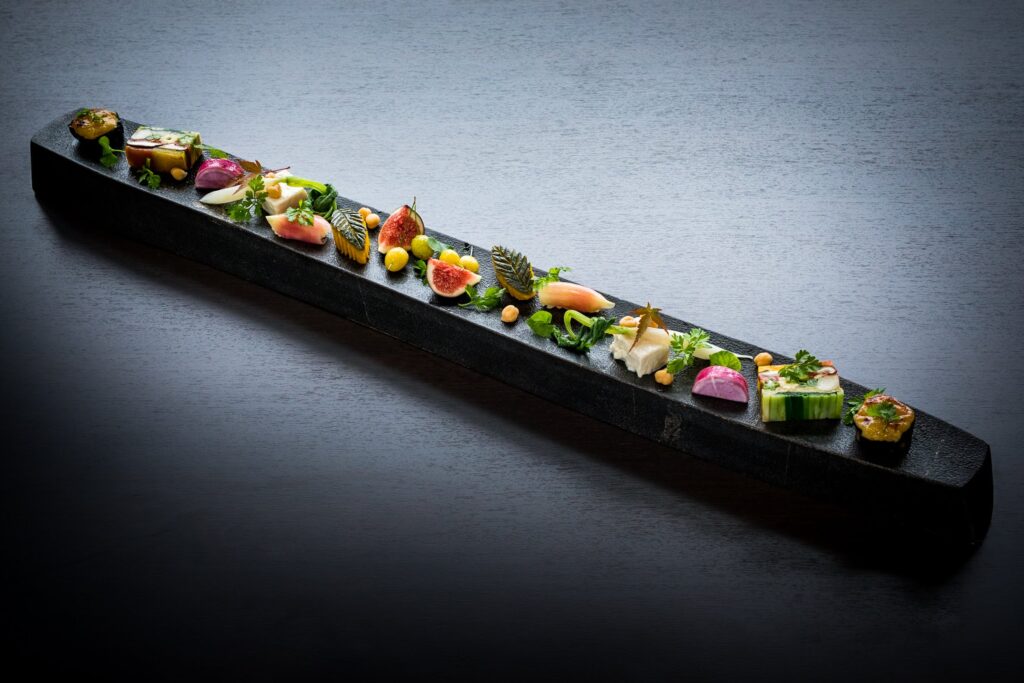
Even if it is an expensive piece of fish, we should not treat the fish differently than a small bean, every ingredient has importance and if we treat every ingredient importantly, the food will taste good. I mean: obviously, if I am a cook in a fancy restaurant in Tokyo, and I drop a green bean, the chef is not going to be very angry at me, but if I drop a crab, he is going to be very angry, so it is not exactly the same, but what Dogen means is: show respect to everything you are working with, don’t be casual about the ingredients, take it very seriously.
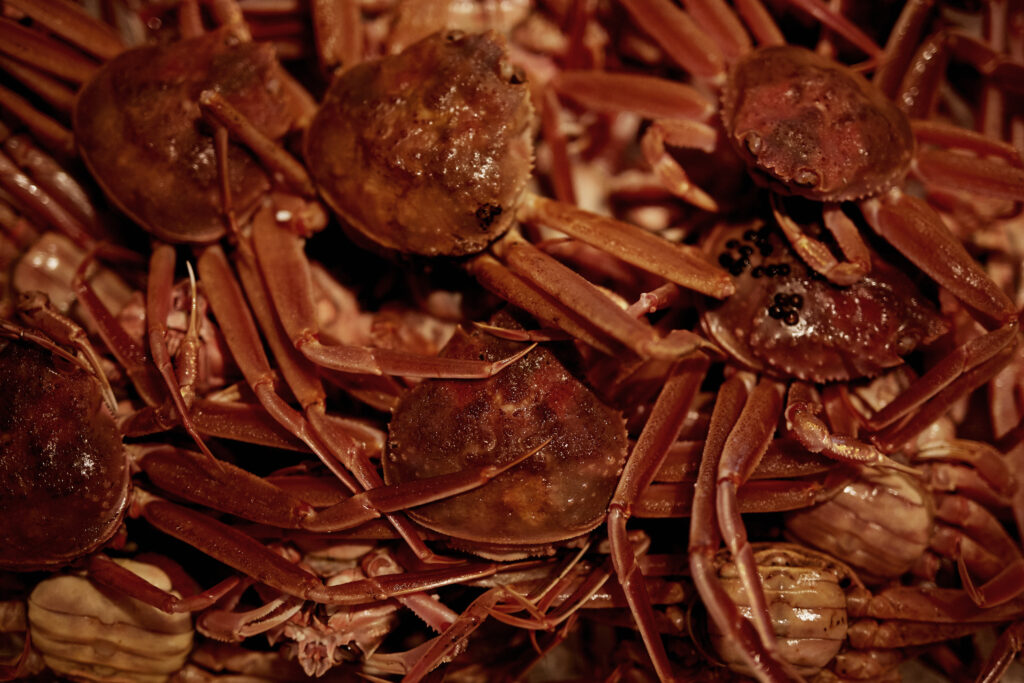
Sachiko: Throughout the years, you must have had several wonderful food experiences in Japan. Is there anything that sets apart the food at a ryokan, compared to the food that you can have elsewhere?
Scott: Ryokan cuisine focuses on kaiseki懐石料理. I was told by friends in Japan that many Japanese don’t know what kaiseki food is, and that those who do know what it is may not have had it, because it is very refined, it is very beautiful food, it’s for special occasions, it’s for celebration of life, it’s a real luxury in many ways, including cost. Ryokan create an environment that is almost like that of a three-star Michelin in France: it’s magical, it’s almost like a fairy tale. You may go to a three-star Michelin restaurant in Kyoto or in Tokyo for a special occasion, and the food is similar to what you have at a great ryokan but among the differences are, when you have a dinner wearing a yukata, you have been taking baths all day, you have been napping, you haven’t been talking very much, your husband or boyfriend isn’t wearing a suit, or your wife or girlfriend is not putting on a dress or earrings, it’s very relaxed, so the food is part of that environment. It’s magical, because even at the most beautiful restaurant in Tokyo, you have then to get back in the taxi, and then go back to the hotel, you don’t leave reality, whereas at a ryokan you really do: you leave reality. And the food that you have at a beautiful ryokan with kaiseki is that situation.
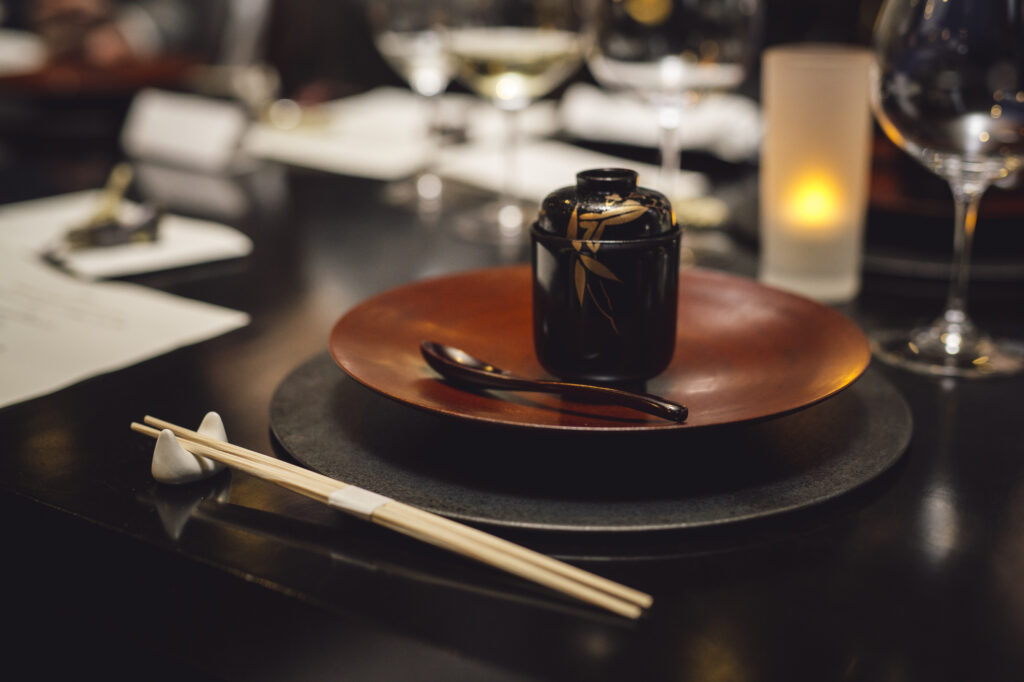
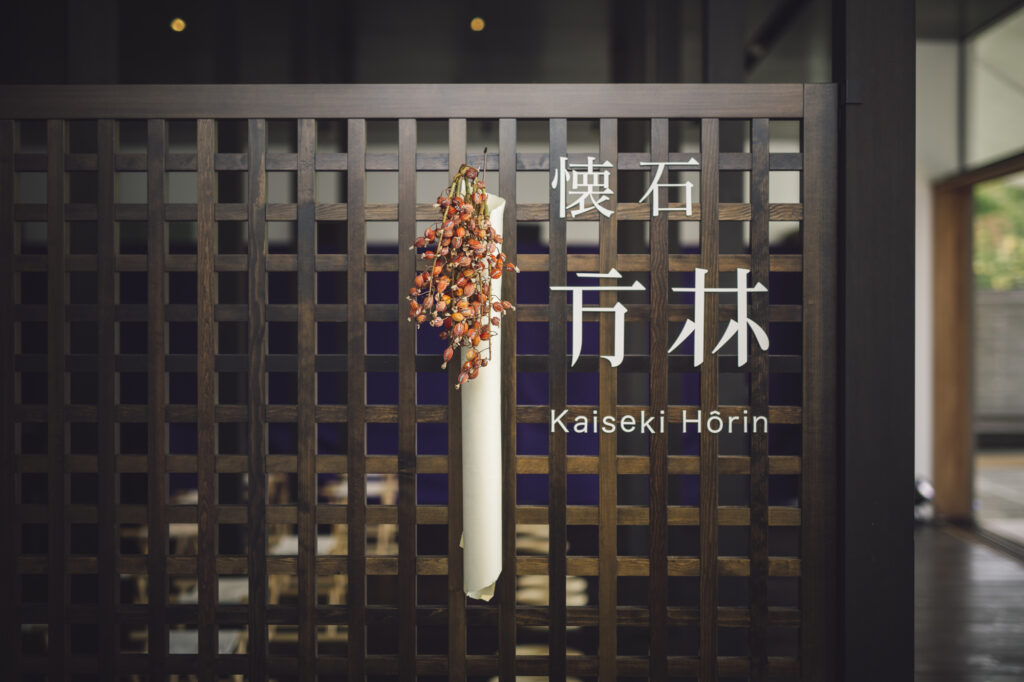
That is why people go to a very fancy ryokan, it’s not just one piece of it, it’s the whole thing, so if you go to… for example, I have been to ryokan where the baths are so beautiful, really beautiful, but the food is not very good; I’ve been to ryokan where the food is beautiful but the baths are not so great, and the service…the people you can see they are grumpy, they are not happy, they are not enjoying their work… so when you have a ryokan that does all these things: beautiful baths, an attentive staff, delicious food (and it hasn’t to be fancy: simple, seasonal, prepared with a lot of interest and care), you leave the ryokan and you feel like a different person, you know. And that is why people are willing to spend a lot of time and money in a ryokan. I think it’s like disappearing… you know what I mean, it’s a way of creating a new reality.





